Entire System Rebuilt Around Threat of Being “Late for Nothing”
WASHINGTON, D.C. — In a stunning breakthrough for government healthcare efficiency, the Department of Veterans Affairs announced today that it has completely eliminated wait times for appointments after accidentally discovering that veterans will arrive hours early if given even the slightest implication of urgency.
The change occurred after a junior receptionist at the Northern Virginia VA Outpatient Clinic scheduled a PTSD intake appointment for “0600, sharp.” She claims it was a joke.
“I was just being sarcastic,” said 23-year-old Kaitlyn M., who was on her third day of training. “I told this one guy, ‘Sure, come in at zero-six, bring like… five copies of your DD214.’”
Formation at the Front Door
According to security footage, five men were already standing outside the clinic by 0545, each wearing slightly different versions of Grunt Style t-shirts, carrying rigid black folders, and aggressively sipping gas station coffee. One had a clipboard. Another brought a rucksack “just in case.”
Clinic staff were stunned to find the vets not only early, but also arranged in a proper staggered formation. The group conducted their own accountability report and had already reorganized the waiting room chairs into a fire team wedge.
“No one told us to do it. It just felt… right,” said 47-year-old Army veteran Tim Hoyle, who hadn’t been to the VA in over a decade but showed up after hearing the rumor on a group text called The Real Ones.
A System That Actually Works?
Following the incident, VA administrators ran a pilot program across six states. The results were immediate. When appointments were framed as mandatory safety briefings, no-shows dropped by 92%. Walk-ins increased by 300% when signs outside clinics read:
“Check-in starts at 0430. Chow not provided. Accountability formation at 0500.”
One site in Texas even added a speaker playing a faint recording of boots in gravel and an angry NCO muttering, “You had ONE job…” to complete the immersion.
Veterans Embrace the Suck
Veterans overwhelmingly responded to the change.
“I haven’t been this early to something I didn’t want to do since CIF,” said Marine Corps vet Jamie DeLaRosa, who showed up 2 hours early to a dental appointment and still refused to relax until her name was called. “I brought my LES just in case. They didn’t need it, but they respected it.”
New Features Include…
Other innovations include:
• Issuing “appointment orders” in military format with time hacks, weather forecasts, and a “uniform of the day.”
• Printing forms in carbon paper triplicate and requiring signature blocks.
• A “First Sergeant” assigned to each clinic to scream “MOVE WITH A PURPOSE” between appointments.
While some civilians have mistakenly wandered in and burst into tears, VA leadership says the program will continue.
“We’re not saying the VA intentionally withheld this solution for decades,” said Acting Undersecretary of Veteran Experience Margaret Steele. “We’re just saying that if we’d realized earlier that veterans respond best to perceived punishments, this might have happened in 1987.”
Still Outside. Still Watching.
As of press time, the five original veterans are still outside the clinic “just to make sure everyone else gets in okay,” and have refused to go home.
“We’ll leave once everyone’s seen,” said Hoyle. “Or once breakfast at the VFW opens. Whichever comes first.”
VA officials reluctantly confirmed that if a veteran misses breakfast due to a delayed appointment, they’ll issue an MRE—but only after exhausting every possible excuse not to.
***About the Author:
This article was written by an anonymous staff writer embedded deep within the AAR Files editorial bunker. Their exact identity is classified, but sources say they’ve consumed more government coffee than water, haven’t missed a formation since 2003, and once submitted a VA claim using nothing but a napkin and sheer willpower. They write in blackout conditions using a red lens headlamp and pure spite.
[CLASSIFIED // ARC INTERNAL USE ONLY]
This After Action Review has been marked UNVERIFIED and may contain fabricated intel, non-attributional quotes, and unauthorized disclosures.
If you’ve read this far, you are now part of the problem.
Report all emotional damage and caffeine overdoses to your nearest field-grade officer.
This page will not self-destruct. But it should.


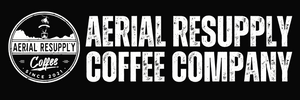
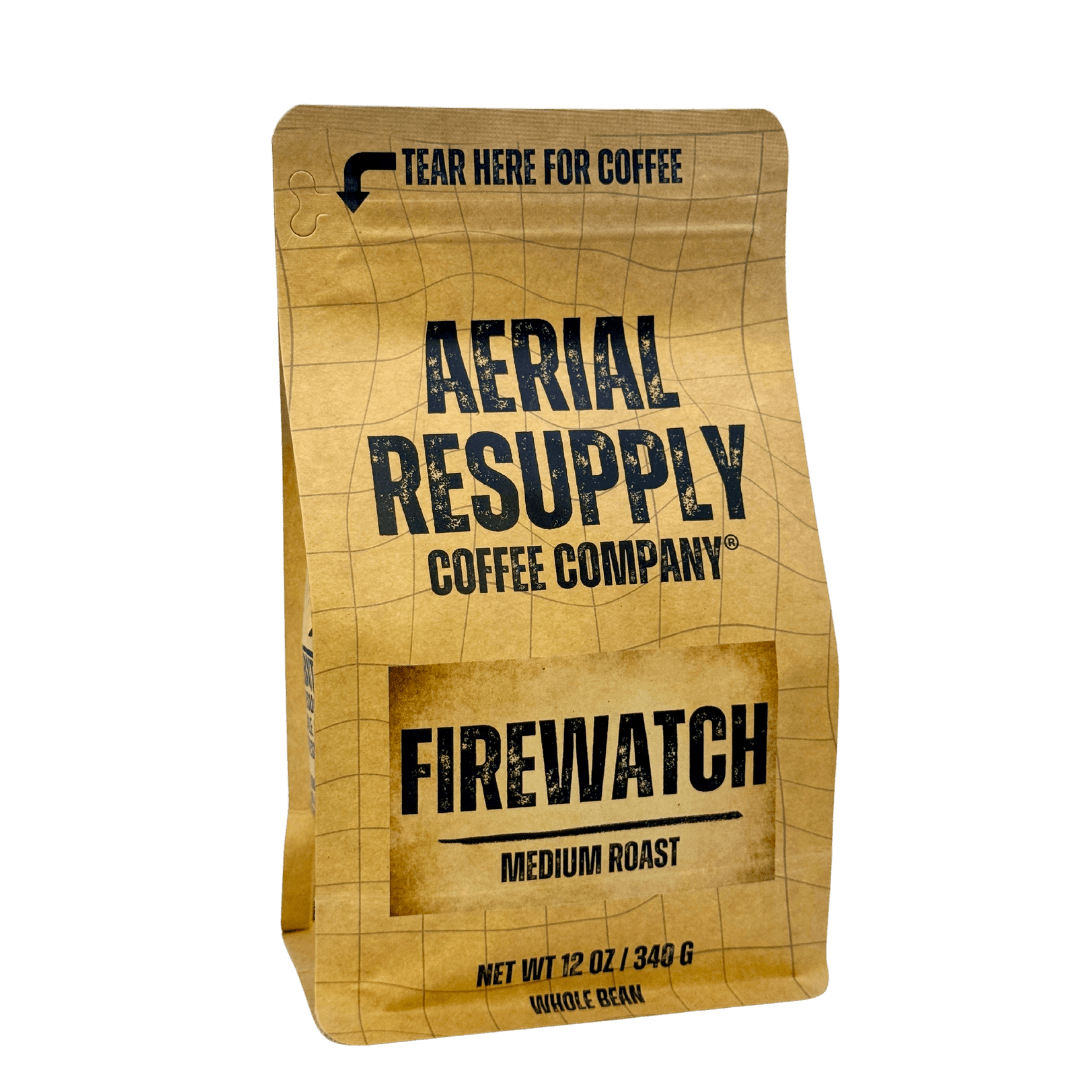
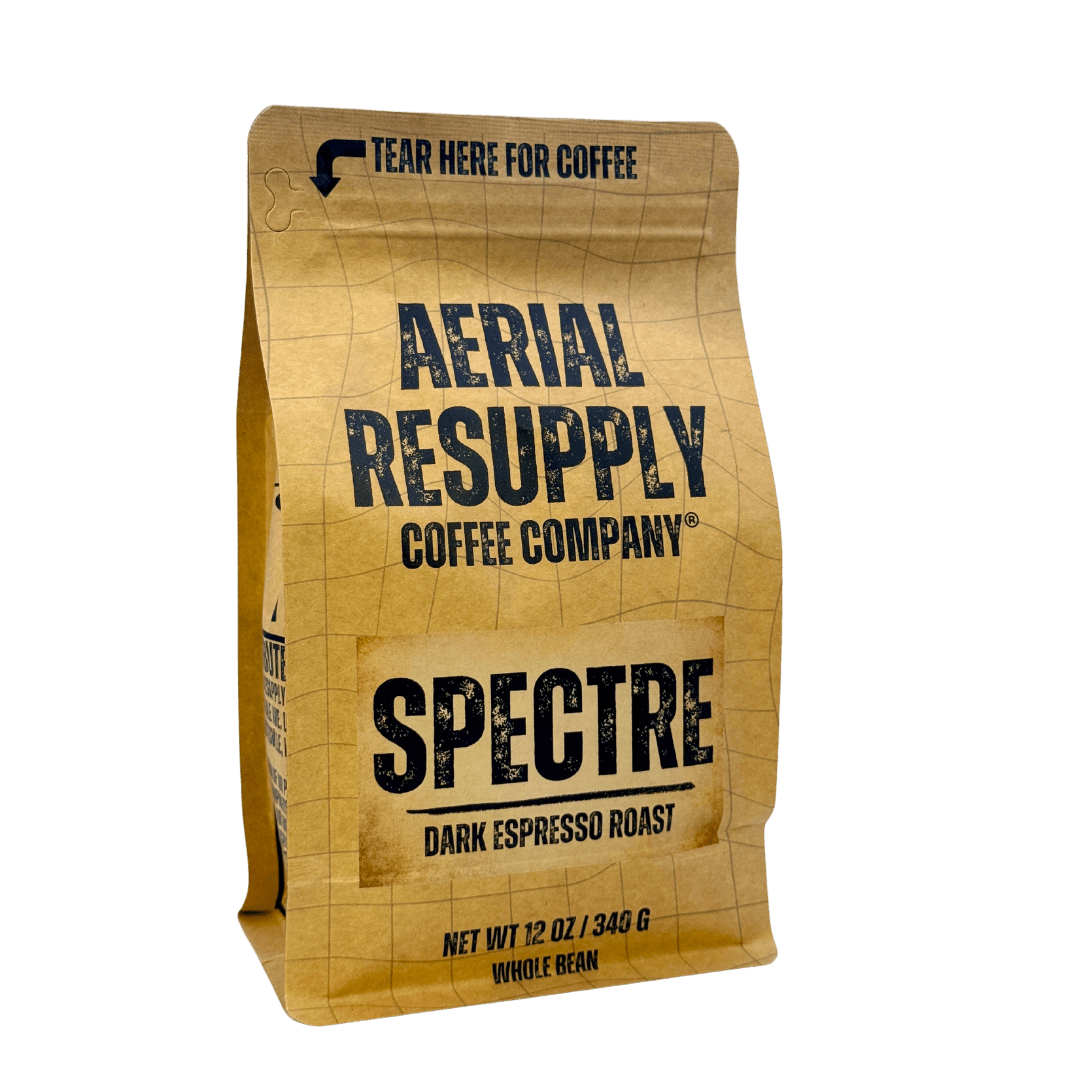
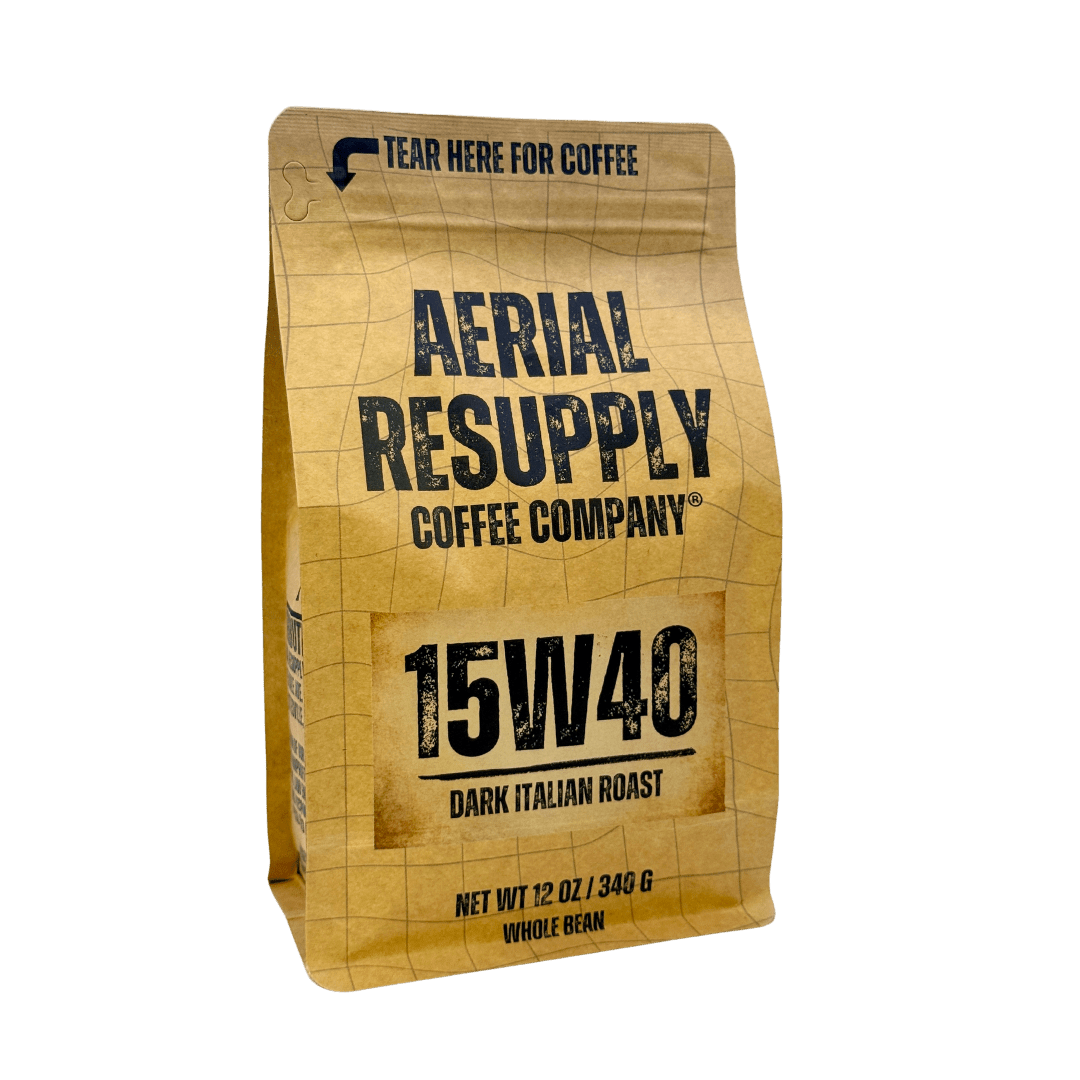
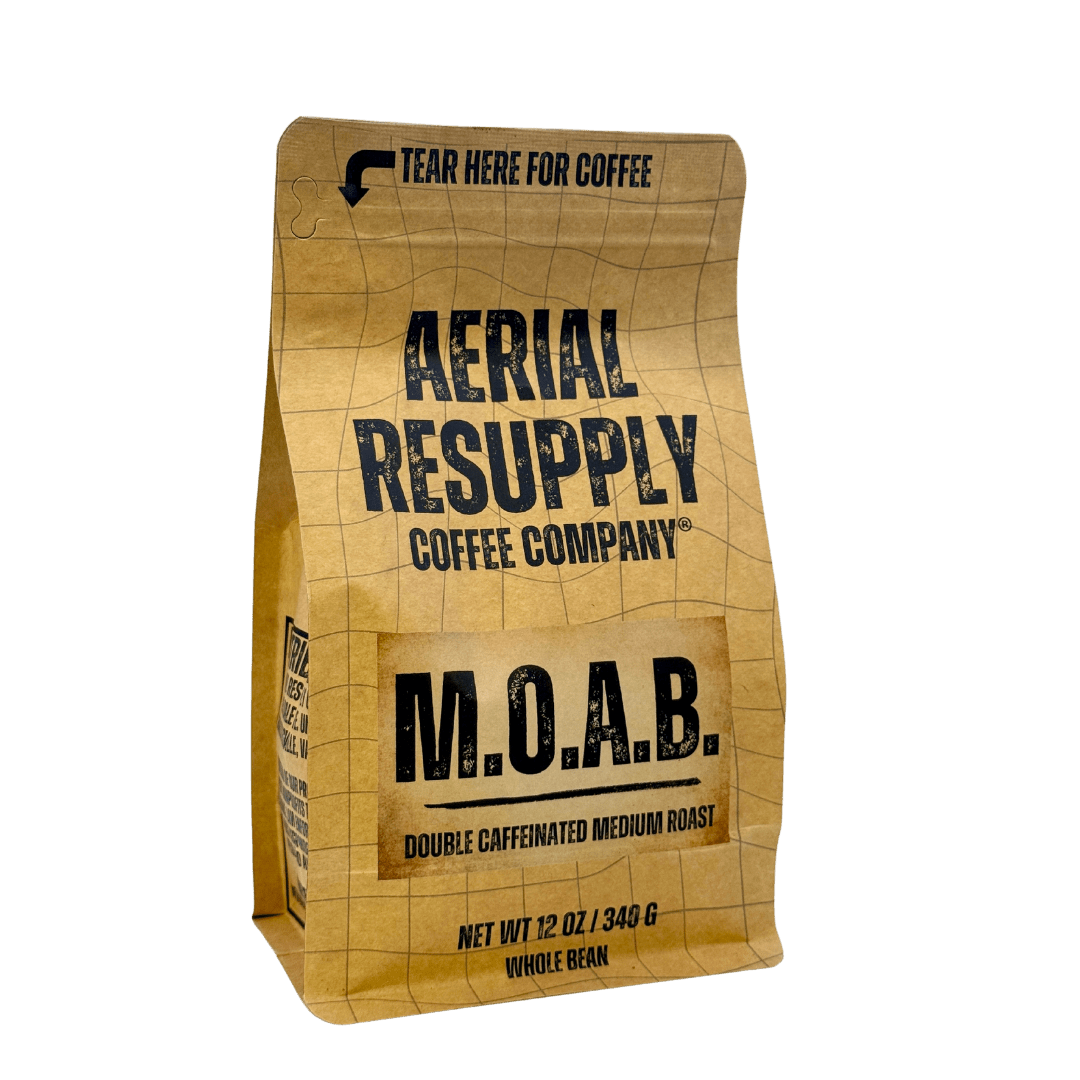
Leave a comment